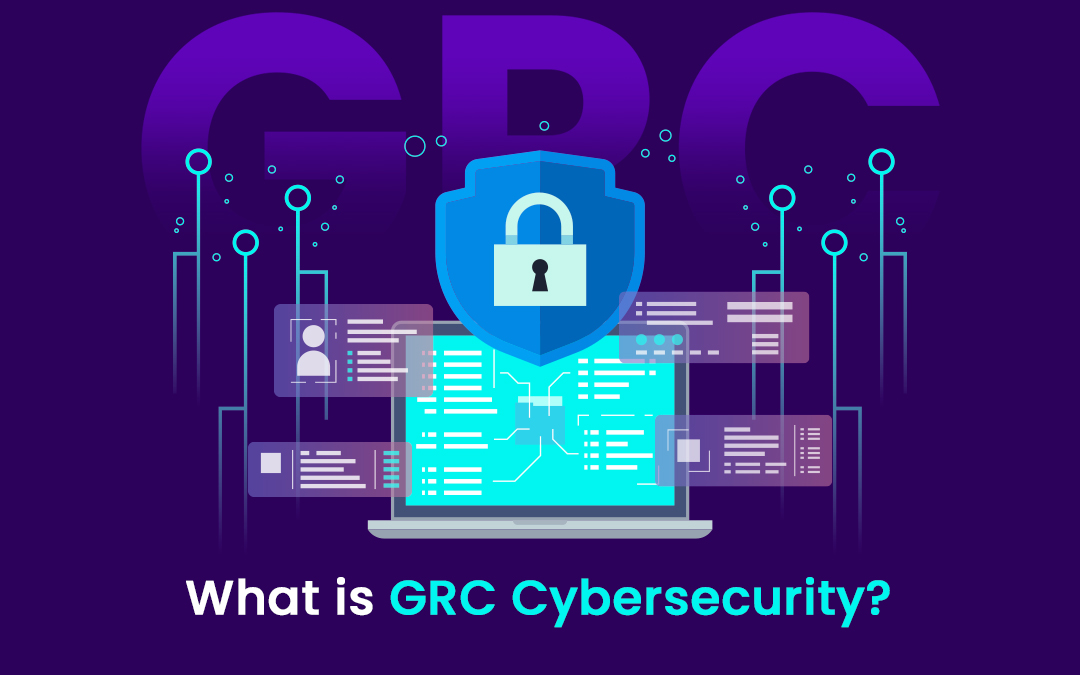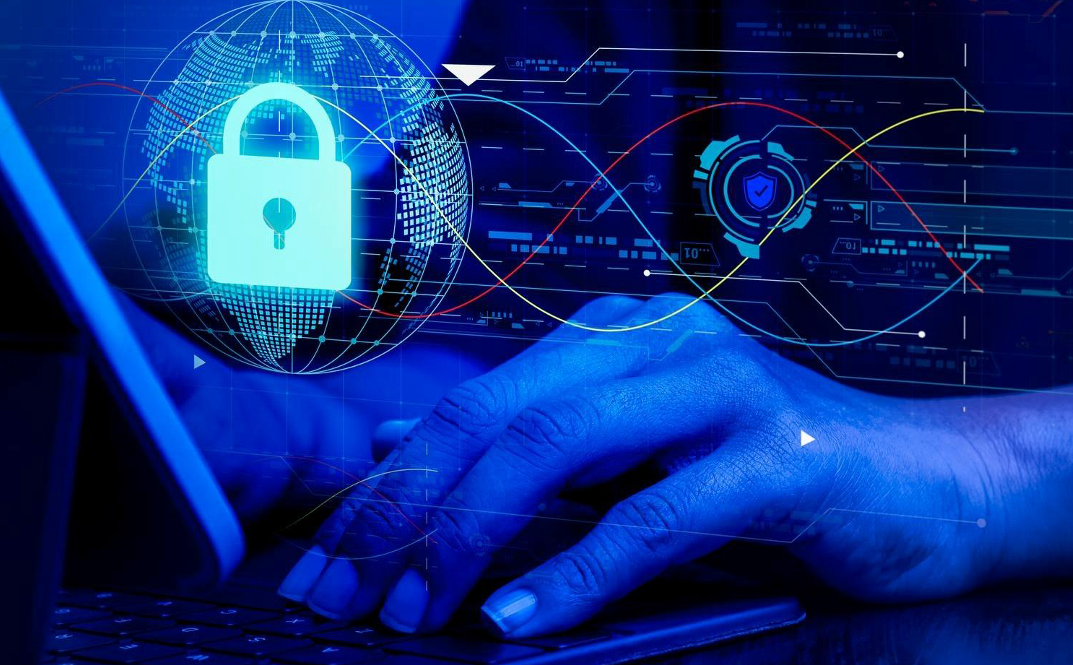
Modern organizations need to take proactive steps to protect their systems. Due to the increased number of cyber-attacks, businesses turn to integrated security solutions. These include managed cyber security services and the implementation of a strategic framework. The cornerstone element of this framework is GRC cyber security.
What Does GRC Mean in Cyber Security?
To understand what is GRC, it's essential to start with its three core components. GRC refers to a comprehensive approach that includes Governance, Risk Management, and Compliance. Their combination helps businesses form a robust security framework.
Each component has its area of responsibility. Governance refers to structured guidelines for managing cybersecurity efforts. Risk management focuses on mitigating potential threats. Compliance helps the company adhere to industry regulations and policies.
The GRC meaning in cyber security is more than just a set of rules. GRC fosters the culture the organization embraces to achieve sustainability and security. With a robust GRC framework, businesses can identify and respond to threats, maintaining operational resilience.

The Components of GRC
Examining three critical components - governance, risk management, and compliance - gives a well-rounded understanding of GRC cyber security meaning. These pillars are interlinked and support each other to form a cohesive defense strategy.
Governance
Governance in GRC provides a control mechanism to guide an organization's cybersecurity efforts. This element involves developing policies and procedures that align with business objectives. It forms a basis for implementing and monitoring the security measures. Clear governance provides accountability across all levels of the organization, including the leadership level.
Strong governance also defines the roles and responsibilities of members within the cybersecurity team. In that respect, decision-makers can better understand the implications of cyber threats. Governance helps businesses maintain security standards while keeping their long-term objectives in focus, thus avoiding the risk of misaligned priorities.
Effective governance fosters a culture where security becomes a shared responsibility. It breaks down silos and implements a consistent approach to managing risk and achieving compliance.
Risk Management
Risk management is another critical component of cyber security GRC. It manages the processes that focus on identifying threats, evaluating their potential impact, and implementing measures against them. The ultimate goal is protecting the organization's digital assets, data, and infrastructure.
The process begins with identifying risks, which gives insights into an organization's system vulnerabilities. These could range from outdated software to weak access controls. Having identified risks, security teams assess them according to their severity and develop appropriate measures to mitigate or eliminate them.
Regular monitoring is also essential in risk management. Since cyber threats keep evolving, organizational defenses should be ready for that. A proactive approach minimizes the risks and reduces the potential for a successful cyberattack. Once risk management aligns with business goals, an organization can use its resources to address the most critical threats.
Compliance
Compliance within GRC in cyber security ensures that the organization adheres to every regulation and standard. Every business must pay due attention to compliance. Otherwise, it may result in severe consequences and limitations. These may include financial and legal penalties, reputational damage, and loss of trust. GRC compliance tools are pivotal in providing oversight for this level of adherence.
Compliance means meeting not only external requirements, such as data protection laws, but also the internal policies governing data storage, processing, and access. That is where GRC software tools become indispensable. These tools automate compliance tracking and make it easier for an organization to stay up-to-date with regulatory changes.
Compliance efforts involve using GRC software. It reduces the time and resources required while also minimizing the risk of human error. Therefore, it allows companies to focus on strategic initiatives without the risk of falling out of compliance with current regulations.

Benefits of Using GRC Tools in Cybersecurity
One of the most significant advantages of a GRC role in cyber security is the use of GRC tools. These advanced instruments streamline processes and enhance security measures. They help an organization achieve more centralized governance, risk, and compliance activities, thus getting a full view of its cybersecurity posture.
With the adoption of GRC cyber security solutions, businesses can integrate their security practices with other operational processes. This unified approach to managing risks helps them identify their weaknesses and respond to threats faster. Additionally, SAP GRC and other advanced platforms provide real-time monitoring and reporting capabilities that make compliance and risk management more efficient.
How GRC Software Improves Cybersecurity
GRC software helps organizations boost their cybersecurity strategy by automating routine tasks and regular activities. These may include risk assessments, compliance checks, and reporting. Automation not only reduces the manual efforts required but also increases accuracy. As a result, it leads to faster decision-making and effective resource management.
Additionally, the GRC meaning in the context of automation allows for continuous improvement. As businesses scale and threats evolve, GRC becomes an integral part of cybersecurity strategy. GRC software can adapt to changing requirements, ensuring that cybersecurity measures remain robust and aligned with business goals.
Managed Cyber Security Services and GRC
Organizations often turn to managed cyber security services to strengthen their defense mechanisms. These services provide expert guidance and the latest tools to implement and manage their cyber security framework. Managed security services also keep an organization's GRC practices updated with the latest regulatory requirements.
Strengthening Cybersecurity with GRC
GRC is an essential tool for any organization seeking regulatory compliance and protection against cyber threats. Implementing GRC helps organizations manage risks, ensure compliance, and align security practices with their business goals. Automating security operations also brings significant benefits. An effective GRC framework is key to long-term success and stability.
Share this post
Leave a comment
All comments are moderated. Spammy and bot submitted comments are deleted. Please submit the comments that are helpful to others, and we'll approve your comments. A comment that includes outbound link will only be approved if the content is relevant to the topic, and has some value to our readers.

Comments (0)
No comment